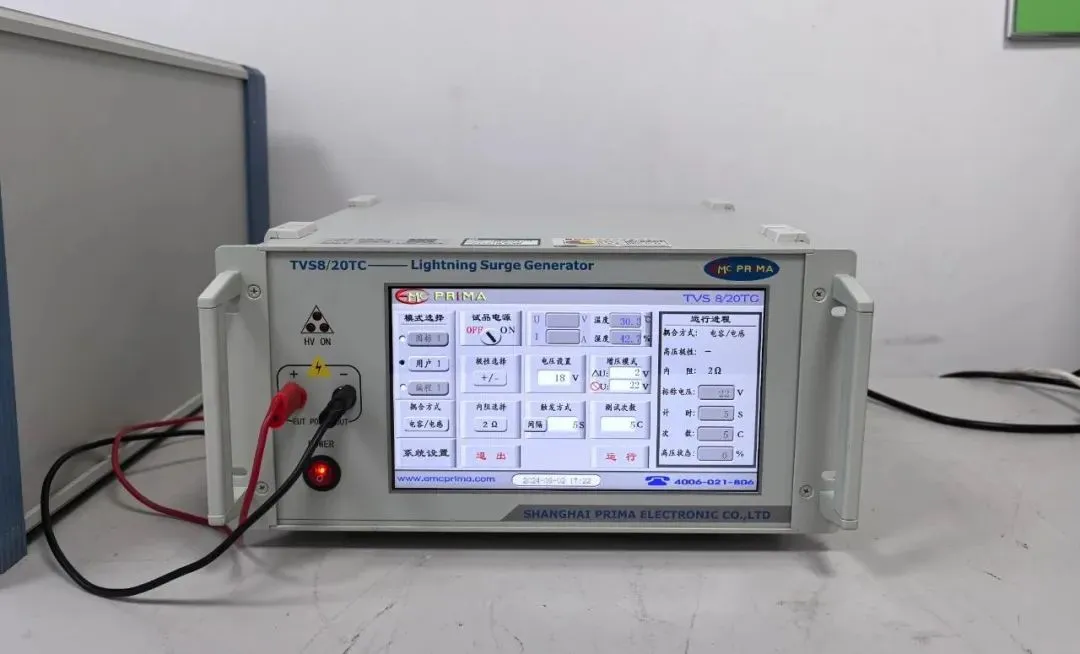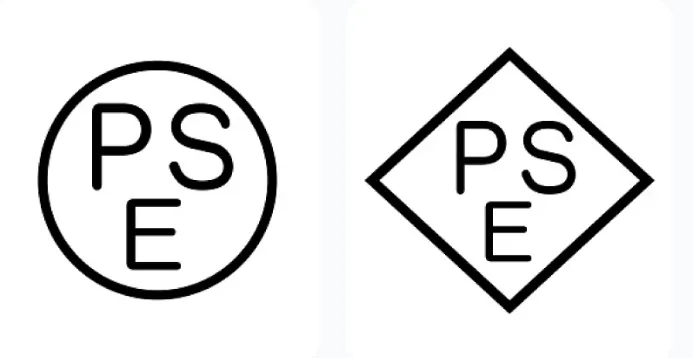
How to Quickly Get FCC ID Certification?
Introduction to fcc id Certification
FCC certification, short for Federal Communications Commission certification, is a critical regULatory measure in the U.S. for wireless and communication products. Its purpose is to ensure that products do not interfere with radio and telecom networks while safeguarding consumer safety and health.

Wireless RF products include:
- Bluetooth devices
- ZigBee products
- Telemetry instruments
- WiFi devices
- RFID products
- UWB radio systems
- GSM products, etc.
FCC ID Logo Usage
Products with fcc id certification must display the certified ID number on the label, e.g., `FCC ID: AAAAAXXXXX`.
- AAAAA: A 5-character Grantee Code representing the manufacturer.
- XXXXX: A unique code of up to 14 characters, including letters, numbers, and hyphens.
Applicable Regulations for Certification
Common regulations for FCC ID certification include:
1. FCC Rules and Regulations Part 15 Subpart C Section 15.247
2. FCC Rules and Regulations Part 15 Subpart C Section 15.407
3. ANSI C63.10: 2013, among others.
RequiRED Documentation
1. Applicant Information:
- Product name and model
- Address, phone number, fax
- Contact person and title
2. FCC Registration Number (FRN):
- An identification number assigned by the FCC for companies, which can be obtained for free on the FCC website.
- The system generates a 10-digit number upon registration.
3. Grantee Code:
- Required for first-time FCC ID applicants.
- This 3- or 5-character code (letters/numbers) is assigned randomly by the FCC and only needs to be applied for once.
4. Label Location and Specifications:
- The label must include the fcc id number and the required warning text.
- If the label is too small, only the FCC ID can be displayed, with warnings included in the user manual.
5. Technical Documentation:
- Operational Description: Explain the product’s functions, use cases, signal flow, circuit relationships, and power supply.
- Block Diagram: Indicate crystal oscillator frequencies used in the circuit.
- Circuit Schematics: Provide clear schematics with visible designators.
- Layout Diagram: Show the product’s appearance and key components.
- User Manual: Include warnings and usage instructions.
- Authorization Letter and Confidentiality Letter: Provide if required.
Certification Process
1. Sign a contract with the certification company.
2. Submit the following:
- One fixed-frequency sample and one regular sample
- Application form
- Required documentation
3. Testing Phase:
- The company conducts testing and provides a test report.
- Submit the application to a TCB (Telecommunication Certification Body).
4. Upon review and approval, the certificate is issued, completing the process.
For further inquiries, feel free to contact JJR Laboratory in China for professional guidance and support.
Email:hello@jjrlab.com
Write your message here and send it to us
 Canadian Rug Flammability Testing
Canadian Rug Flammability Testing
 Toy Flammability Test Compliance Certification
Toy Flammability Test Compliance Certification
 ISO 17025 Accredited Test Laboratory
ISO 17025 Accredited Test Laboratory
 What is Amazon California Proposition 65?
What is Amazon California Proposition 65?
 New METI Registration Regulations in Japan
New METI Registration Regulations in Japan
 Attention for Amazon Japan Sellers: New PSE Regula
Attention for Amazon Japan Sellers: New PSE Regula
 Compliance with Japanese Representative & METI
Compliance with Japanese Representative & METI
 ZigBee-LoRa-Z-Wave Product compliance testing
ZigBee-LoRa-Z-Wave Product compliance testing
Leave us a message
24-hour online customer service at any time to respond, so that you worry!




